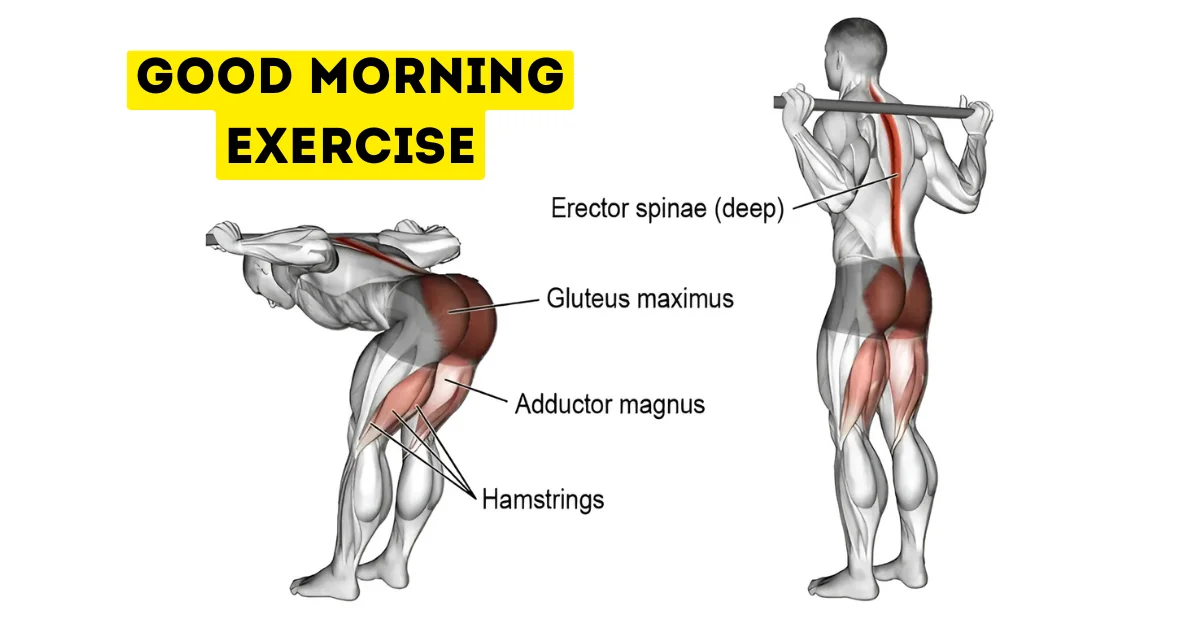Bent Over Two-Dumbbell Row with Palms in
The bent over two-dumbbell row with palms in is one of the best exercises to strengthen your back and improve your posture. It’s simple but very effective, making it perfect for beginners and advanced lifters alike in this article, you’ll learn precisely how to perform it accurately, why it’s so great for your body, common confusions to maintain a strategic distance from, and how to include it in your workout schedule.
What Is a Bent Over Two-Dumbbell Row with Palms In?
The bent over two dumbbell rows with palms in is a strength training workout where you hold a dumbbell in each hand, twist at the hips, and drag the weights toward your midsection.
The key detail?
Instead of using a traditional overhand grip (palms facing down), you hold the dumbbells with your palms facing each other, called a neutral grip. This small grip change makes a big difference:
- It’s easier on your shoulders.
- It improves the engagement of your mid-back muscles (rhomboids and lower traps).
- It feels more natural for many people, especially beginners.
Muscles Worked
Bent-over dumbbell rows are phenomenal since they hit numerous major muscles at once:
- Latissimus Dorsi (Lats) – The large muscles on the sides of your back.
- Rhomboids – Between your shoulder blades.
- Trapezius (Traps) – Across your upper back.
- Posterior Deltoids – The back part of your shoulders.
- Biceps – Secondary muscles helping with the pull.
- Forearms and Grip Muscles – To hold onto the dumbbells.
- Core (Abs and Lower Back) – Stabilize your body while bending over.
Training all these muscles together helps you build real-world strength, improve posture, and even prevent injuries.
For a complete routine to target your back muscles, check out our best back workout routines.
Benefits of the Bent Over Row Exercise
Here’s why you should add bent over dumbbell rows to your workouts:
1. A Stronger and Wider Back
Pulling developments like the bent over two-dumbbell row with palms in are fundamental for building a thick, capable back. This doesn’t seem great – it moreover makes a difference with day-by-day developments like lifting goods, kids, or moving furniture.

2. Better Posture
Strong back muscles help you naturally stand taller. If you spend a parcel of time sitting in a work area or looking at your phone, lines can rectify destitute pose and decrease neck and bear torment.

3. Improved Athletic Performance
A strong back improves your ability to run faster, lift heavier, and perform better in any sport. Almost every major athlete includes rows in their training.

4. Injury Prevention
A solid upper back underpins the spine and shoulders, securing you from wounds caused by shortcomings or awkwardness.

Stronger Arnt Over Two-Dumbbell Row with Palms In: Step-by-Step
1. Get into Position
- Stand with your feet about hip-width apart.
- Hold a dumbbell in each hand with a neutral grip (palms facing each other).
- Somewhat twist your knees.
- Hinge at your hips (push your hips back), lowering your torso until it’s about a 45-degree angle to the floor.
- Keep your back flat, chest up, and gaze slightly forward.
For a detailed guide on dumbbell row techniques, common mistakes, and variations, check out this dumbbell row guide by Healthline.
2. Perform the Row
- Pull the dumbbells toward your waist by bending your elbows and squeezing your shoulder blades together.
- Focus on leading the movement with your elbows, not your hands.
- Keep your elbows tucked close to your body.
3. Lower with Control
- Slowly lower the dumbbells back to the starting position without rounding your back.
- Keep your core tight throughout the movement.
Pro Tips for Perfect Bent Over Row Form (Dumbbell Version)
- Keep your spine neutral: No arching or rounding your back. Imagine a straight line from your head to your tailbone.
- Brace your core: Tighten your abs like you’re about to be punched.
- Move slow and controlled: Speed kills good form. Pull smoothly and lower even more slowly.
- Focus on muscle tension: Feel your back muscles doing the work, not your arms or shoulders alone.
- Adjust your weight: Choose a weight you can row for 8-12 reps with good form. It should be challenging but manageable.
You can also refer to this official dumbbell row technique guide by ACE Fitness to ensure perfect posture and muscle activation.
Common mistakes and how to fix them
| Mistake | How to Fix It |
|---|---|
| Rounding the back | Engage your core and keep a flat back. |
| Using momentum | Slow down, and move with control. |
| Elbows flaring outward | Keep elbows close to your sides. |
| Standing too upright | Hinge properly at your hips. |
| Shrugging your shoulders | Focus on pulling your elbows back, not up. |
Variations and Modifications
Once you master the bent over two dumbbell row with palms in, you can challenge yourself with these variations:
- Single-Arm Dumbbell Bent Over Row: Focus on one side at a time, helping fix muscle imbalances.
- Barbell Bent Over Row: Lift heavier loads using a barbell instead of dumbbells.
- Chest-Supported Dumbbell Row: Use an incline bench to remove pressure from your lower back.
- Kettlebell Rows: A good alternative if you prefer kettlebells over dumbbells.
If you prefer using just your bodyweight for training, we’ve covered bodyweight exercises for building strength you can try alongside dumbbell rows.
How to Add Dumbbell Bent Over Rows to Your Routine
The bent over row exercise fits well into many kinds of workouts:
| Goal | Sets x Reps |
|---|---|
| Build Strength | 3–5 sets of 5–8 reps |
| Build Muscle (Hypertrophy) | 3–4 sets of 8–12 reps |
| Improve Endurance | 2–3 sets of 12–15+ reps |
You can use bent over dumbbell rows on:
- Back day: Pair with pull-ups and deadlifts.
- Full-body day: Combine with squats, presses, and carries.
- Upper-body day: Mix with push-ups, shoulder presses, and curls.
Example Beginner Back Workout
Here’s a simple workout plan using the bent over two-dumbbell row with palms in:
- Deadlifts – 3 sets of 5 reps
- Dumbbell Bent Over Rows (Palms In) – 3 sets of 10 reps
- Lat Pulldowns – 3 sets of 12 reps
- Dumbbell Shrugs – 2 sets of 15 reps
- Plank – 3 x 30 seconds
Tip: Rest 60-90 seconds between each set for best results.
Frequently Asked Questions (FAQ)
Q1. Is the bent over row good for beginners?
Yes! The bent over two-dumbbell row with palms in is beginner-friendly as long as you use light weights, focus on form, and keep your core tight.
Q2. How heavy should the dumbbells be?
Start with weights you can control easily for 10-12 reps. It’s better to lift lighter and move properly than to lift too heavy and risk injury.
Q3. Should I use straps for grip?
You usually don’t need straps unless your grip fails before your back muscles get tired. Strengthening your grip naturally is better in the long term.
Q4. How often should I do dumbbell bent-over rows?
You can perform row 1-3 times per week, depending on your program and recuperation. Always allow at least 48 hours before training the same muscles again.
Q5. Can I do the bent over row at home?
Absolutely! All you need are a pair of dumbbells and a small amount of space.
Conclusion
The bent over two-dumbbell row with palms in is a smart, effective move that nearly anybody can learn. It builds your back muscles, fortifies your arms, progresses your pose, and makes you more athletic overall.
Pay near consideration to your bent over row form dumbbell. Move with control, maintain perfect posture, and center on appropriate breathing. Start with lighter weights and incorporate this workout routine into your schedule. Over time, you’ll see real enhancements in both quality and posture. Whether you’re brand unused to lifting or looking to update your preparation, bowed-over dumbbell columns merit a spot in your schedule!





